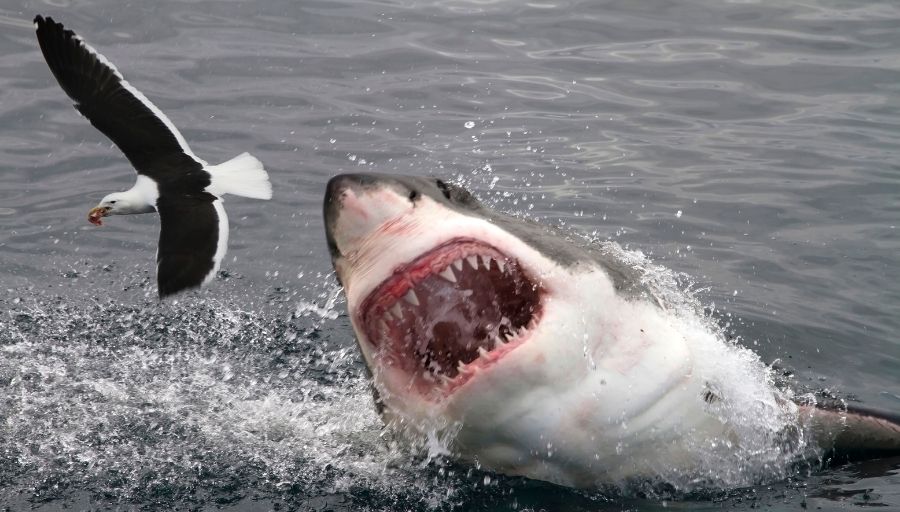Most of the sharks are cold blooded and maintain their temperature at the same level or slightly above the waters where they live. Sharks conserve energy because they are cold blooded.
Are Sharks Cold Blooded?
Yes, sharks in general are poikilothermic or, informally, cold blooded. This means that the internal temperature of their body is as cold as the waters in which they live. If the temperature around them drops, so does their body temperature.
Therefore, sharks are able to conserve energy by rising to the top of the ocean, where the water is warmer, so that their body temperature rises without much extra effort from their side.
In so doing, digestion is aided, muscle activity is improved and metabolism is boosted. In an attempt to conserve energy, they will sink to the colder depths, where all of their body functions slow down. The colder the waters, the more energy the shark uses in trying to hunt, digest food and travel.
How Does A Shark Maintain Homeostasis?
There are some sharks that are homeothermic, which implies that their body temperature is always slightly higher than that of the water of their environment. This extra heat is generated by a strip of red muscle (as opposed to white muscle) that runs along the centre core of the fish’s body.
This aerobic muscle is surrounded by the rete mirabile, a web of veins and arteries around the muscle that uses a countercurrent flow of blood within its complex to exchange heat, gases and ions faster and better.
The blood that has been warmed by increased muscle activity is carried through this network and the heat is exchanged back into the blood travelling to the muscles. Heat is thus generated and maintained regardless of the temperature of the water outside the body;it is constant.
This is unlike poikilotherms, whose body temperature is dictated largely by the water in which they are swimming. The Great White Shark and the Mako Shark are common examples of homeotherms.
Some sharks and other fish are even able to keep certain areas of their body (such as their eyes and brains) warmer than the others so that their functionality is not negotiated even when their muscles and metabolism slow down.
Some sharks display behavioural thermoregulation, which refers to their choosing specific habitats or behaviours based solely on the water temperature.
An example of this is rising to the top during the safer night hours to digest food faster using less energy. The sea’s temperature is not constant or all that predictable. Therefore, the sharks that are able to implement behavioural thermoregulation have an advantage over other poikilotherms that cannot.
The warmer the body needs to be kept, the more the animal needs to eat. This is to increase its energy stores. As the body temperature increases, the muscles work stronger and harder, the heart beats better, the gut’s digestion improves and the rate of metabolism increases.
